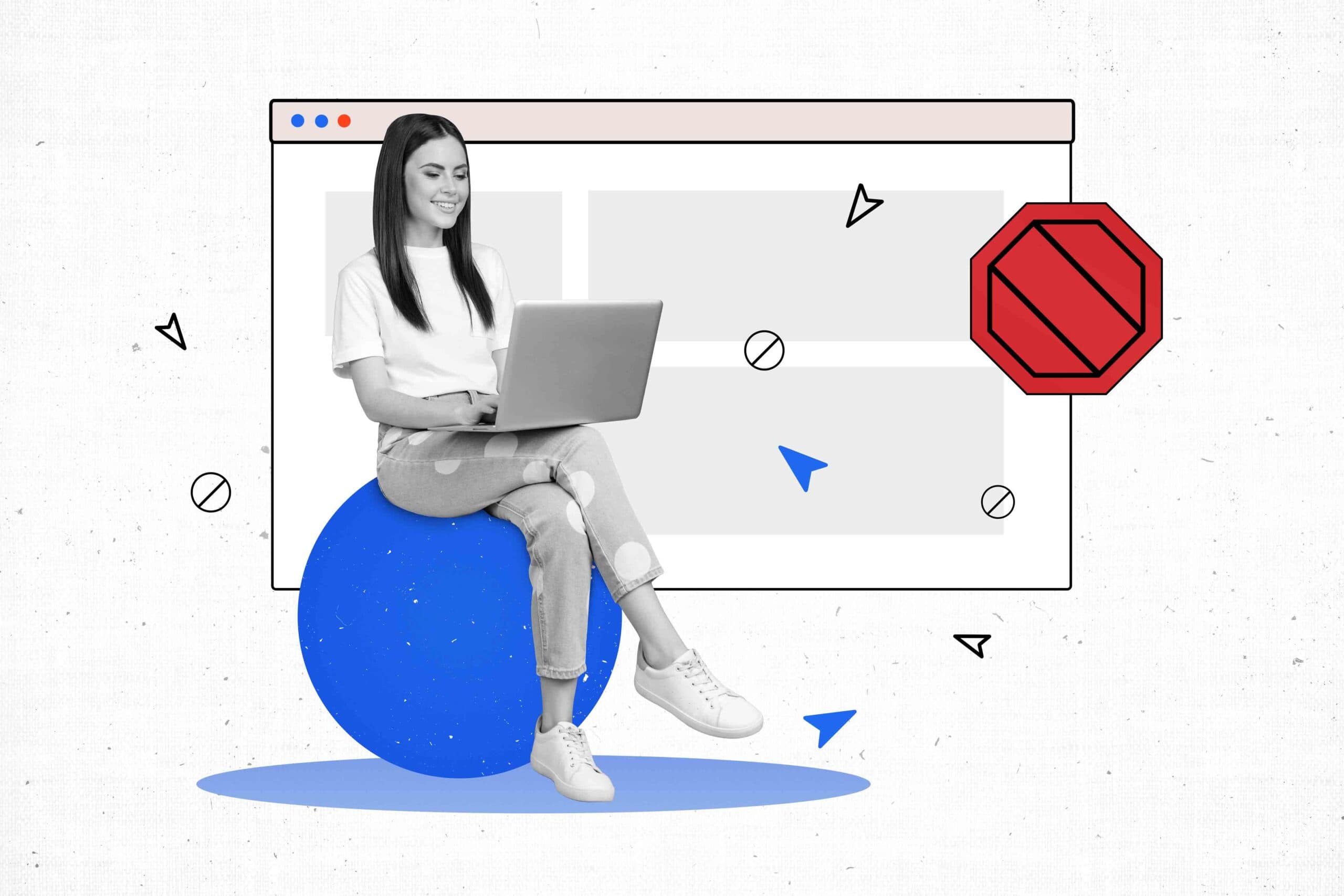Do you enjoy drawing and sketching? Are you passionate about illustration and design? If so, then you might envision yourself in a career as a graphic designer or illustrator. Of course, this type of work requires a lot of technical expertise, as well as a solid understanding of modern illustrative design and all that this work entails.
In pursuing a more comprehensive knowledge of illustrative design, it can first be helpful to understand the basics of traditional illustration. Additionally, recognizing how the rise of digital tools has transformed the way artists create is essential.
The Basics of Traditional Illustration
In simplest terms, when somebody refers to ‘traditional’ illustration in the arts, they are referring to hands-on illustration techniques that rely exclusively on physical tools and materials. Traditional illustration in the arts have been relied upon for centuries and, in some cases, are still used today for a number of purposes.
Tools and Materials Used in Classic Illustration
The exact tools and materials used in classic illustration can vary greatly from one project to the next. However, some examples of common materials used in traditional or classic illustration may include:
- Paintbrushes
- Pencils
- Ink
- Lead
- Charcoal
- Pens
- Pastels
Meanwhile, classical illustrators might use materials such as paper, wood or canvas as a medium through which to deliver their designs. The most notable and alluring aspect of a traditional illustration for many is the ability to touch it and hold it in your own hands, which cannot be done in the same way with modern digital illustrations.
Techniques That Have Defined the Art Form
There are several illustration techniques that have defined this unique art form over the years. Pencil illustration remains among the most widely used today, as pencils can be extremely useful in producing desired results on the page in varying shades and values. A pencil and a sketchbook are also easy to transport, making them a no-fuss option for illustrators who simply want to get their ideas on paper.
Other common techniques that have defined classic illustration over the years include charcoal drawing, watercolor illustration, pen and ink and even woodcutting.
Transition to Digital: The Rise of Digital Tools
For centuries, artists and illustrators continued to rely on pencils, charcoal, watercolors and other classical materials/techniques to create incredible works of art. Over time, however, there arose an inevitable shift in the way illustrations were created. With the introduction of digital tools, illustration gradually made its way to the digital age.
Early Digital Tools and Their Impact
Arguably, the rise of digital illustration as we know it today began in the early 1980s, when software programs such as Adobe and Corel Draw first hit the market. At this time, home computers were still a rarity across the globe, but some professionals had access to these tools and began experimenting with using Photoshop for illustration, among other early design programs.
Software Revolutionizing Modern Illustration
By the late 1990s, many households across the globe had access to computers that could run such digital design programs as Adobe Illustrator and Photoshop. Over time, social media platforms like Instagram made it easier than ever for digital artists to share their work and build a digital portfolio.
Today, powerful mobile devices, including smartphones and tablets, can run digital illustration software with relative ease. Meanwhile, gadgets such as the Apple Pencil make it possible for digital artists to design and illustrate on-the-go.
Hybrid Techniques: Blending Old and New
If you do a quick search online for ‘digital vs. traditional art,’ you’ll find a lot of mixed results with people making different arguments regarding which one is ‘better.’ In reality, there is no better or worse. Both traditional and modern illustration techniques bring their own unique benefits to the table, and there is certainly a time and a place for each. For example, digital software allows for the use of vector illustration techniques. One of the main advantages of vector graphics is that they can be easily resized and altered without losing their quality.
On the other hand, some people prefer the ability to physically hold and feel a piece of traditional art in the form of paper, canvas or wood.
More often, what we’re seeing these days is a combination of both classical and digital drawing techniques to create truly stunning work.
Combining Traditional and Digital Methods
Today, one of the most popular graphic design trends is that of combining both traditional and digital methods in illustration. This hybrid form of illustration can take on different forms, but often begins with a hand-drawn illustration that is then uploaded to a digital illustration or design platform. From there, digital tools can be used to make changes and improvements to the hand-drawn piece that take its overall design to the next level.
Innovative Approaches in Hybrid Illustration
As hybrid illustration gains popularity across the board, we’re also seeing some unique approaches to this method arising from all corners of the internet. For example, today, digital illustrators are increasingly using different textures in their illustrations to make them look more authentic and realistic. These textures can be achieved through a combination of hand-drawing with textured materials and adding ‘layers’ of texture using digital techniques.
Advanced Digital Techniques
As digital illustration tools have grown increasingly complex and advanced, so have the artists who use them. Today, we can see the use of many advanced digital techniques in the creation of stunning illustrations.
Vector Art and Its Precision
Today, vector art is incredibly popular, especially when it comes to such applications as logo creation. As mentioned above, the key benefit of using vector art as opposed to raster drawing is the fact that vector images can be scaled up or down without losing quality or resolution. This makes vector art ideal for things like logos and other applications where the image size may need to be altered for different uses.
Because of its precision, vector drawing and sketching techniques take a lot of time and practice to master. Illustrators looking to create vector images need to experiment with using simple shapes and lines, incorporating layers and exploring different brush strokes to turn their ideas into reality.
3D Modeling in Illustration
When it comes to art industry trends, the field has also seen the rise of 3D modeling in illustration over the past several years. Specifically, tools like Adobe Illustrator now come equipped with 3D modeling capabilities that make it possible to transform a two-dimensional illustration into a 3D object with adjustable lighting, rotation and shading. The ability to illustrate 3D models can be especially useful in creating illustrations for product design, education and similar applications. With that said, this is a skill all aspiring illustrators should have.
The Future of Illustrative Design
Only time will tell what the future of illustrative design will hold. However, based on the history of this field and recent advancements in digital illustration tools and technologies, the future is looking promising for creative and trailblazing artists who aren’t afraid to get their hands dirty.
Emerging Tools and Technologies
Today, it seems as though every industry is being revolutionized by artificial intelligence (AI), and illustration is no exception. In many ways, AI is already revolutionizing art and illustration with the ability to generate content in a matter of seconds based on simple prompts. Likewise, emerging tools like machine learning platforms and even augmented reality may continue to blur the lines between art on the screen and art in the real world.
Predictions and Trends in Illustrative Design
There are concerns about AI creating illustrations, especially regarding artists being displaced, but these innovations are likely to lower the access barrier for aspiring artists and make illustrators’ work more efficient. This may free up additional time and resources for illustrators to work on the kinds of projects that mean the most to them.
Regardless of what the future may hold for illustration, the reality is that future generations of designers and illustrators must hone their skills to compete in this growing industry. From exploring digital painting for beginners to practicing digital sketching tips, the future of illustration will be found both on paper and on the screen.
Learn More About Illustrative Design at RMCAD!
From traditional methods like pencil and watercolor to modern digital tools and software, the world of illustrative design has come a long way over the decades. Today, to find success as an illustrator, professionals need to be proficient in the most commonly used digital illustration tools and techniques in digital art.
Looking to expand your own skills and knowledge in the illustrative design world? Rocky Mountain College of Art + Design (RMCAD) is here to help. Specifically, we’re proud to offer a Bachelor of Fine Arts in Illustrative Design program that covers such relevant topics as logo design, motion graphics, digital painting for beginners, typography/layout and so much more. As part of this program, students also have the ability to build and develop their own portfolios while using the most in-demand digital artist tools on the market today. RMCAD’s illustrative design degree program is also offered both on-campus and online for your convenience, so you can choose to immerse yourself in the campus experience or work from anywhere at your own pace. Interested in learning more? Get in touch today or get started with your online application.

